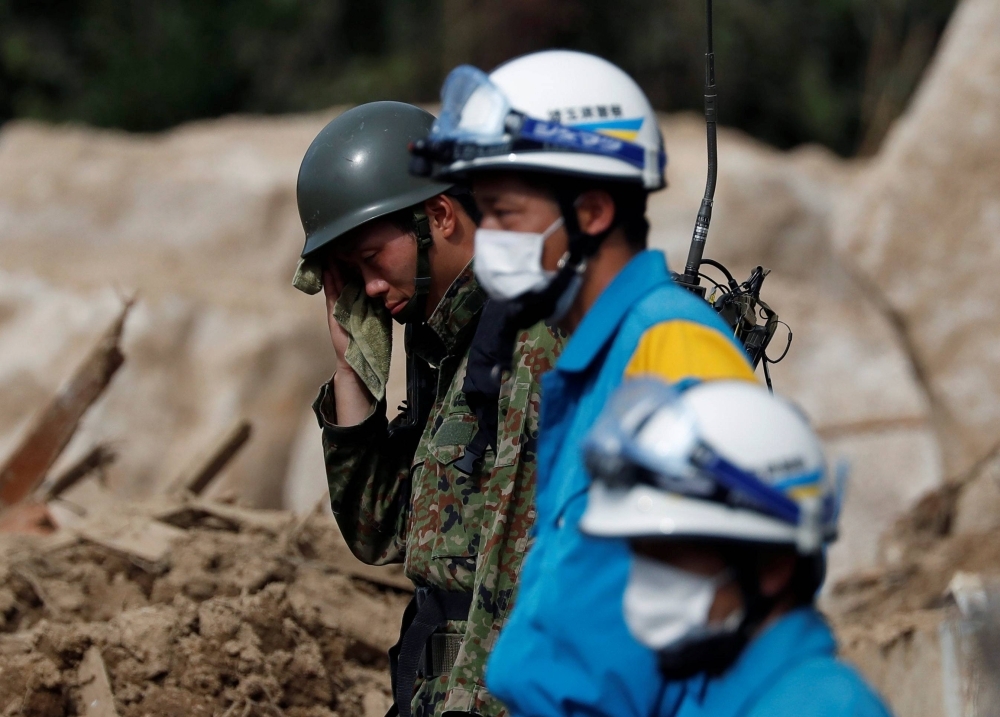In August 2023, Mae and other insulation advocates turned in a petition with about 27,000 signatures calling on the government to insulate classrooms. Mae has also been sharing his research online to improve awareness of a three-step strategy to address heat in schools: 1) wall and ceiling insulation 2) solar screens for windows and 3) demand-controlled ventilation.
One teacher who works in a public high school in Tokyo points out that it’s not just students who are affected by heat. The English teacher, who spoke on the condition of anonymity, says that in many public schools like hers, teachers have limited control over the thermostat settings because it is controlled by the central office.
“In Tokyo public schools, the AC is set to keep the room temperature at 26 C year round. At our school, teachers can turn the switch on and off, but we can’t adjust the thermostat. You have to have a pretty good reason to get them to alter the settings,” she says.
“Classrooms contain as many as 40 students, so I would turn the AC down another degree or two in the summer if I could — by the afternoon, students lose concentration.”
The education ministry recommends that classroom temperatures be between 18 C and 28 C, depending on the season.
By contrast, a private school teacher in Tokyo says she gets to crank the AC as high as she wants.
The woman, who asked not to be named, says she has been teaching P.E. at the same private high school for 33 years and has never had to worry about being uncomfortable or sweaty in class. She finds it hard to believe some schools don’t have adequate cooling in 2024.
“We’re not a rich school, but overheated classrooms have never been a problem,” she says. “I think the school charges extra fees for air conditioning, but when a unit is broken it gets fixed right away. The students might be asked to move to another room, but we make sure they’re learning in cool, safe temperatures.”
Seeking refuge
School facilities are just one part of the education equation.
In addition to sports clubs and P.E. classes, walking to school and back home with the sun beating down on them can also put children at higher risk of dehydration and heat-related illness.
Despite the dangers, school is a place of refuge for some students, particularly those that come from poorer backgrounds.
In Japan, the summer school break usually lasts for about 40 days. That period can be especially hard for low-income families, who have to worry about feeding children and keeping them cool when school is out.
Approximately 1 in 9 children in Japan lives in relative poverty, according to the welfare ministry.
A recent survey conducted by nonprofit organization Kidsdoor found that 60% of low-income families with children want summer vacations to be shortened or eliminated because of the additional financial strain.

